Cricket games were once released so infrequently that I used to end up buying pretty much each and every one, at some point. If there was one that I thought might be good, I’d get it on release, but even those that I was fairly sure would be disappointing, I’d look out for in sales or second hand.
Codemasters’ 00s Brian Lara games were the last time I was reasonably invested, though, and they were a while ago now. To be fair, it has been fairly slim pickings since then, with the 2009 Ashes effort a fairly desperate and stodgy effort, preceding a 2010 follow-up that was released on console only. And then we had a rushed (and botched) release for the 2013 Ashes that was so bugged it was ultimately withdrawn from sale.
At which point, Australian developers Big Ant Studios stepped into the picture, with a new series of games first bearing name of one of the greats of the 30s and 40s, Don Bradman (generally acknowledged as the best batsman of all time, although hardly a name to dispel the notion of cricket as a dusty and uncool sport). These were received well enough, especially in the absence of any competition, to later earn Big Ant official licenses and Ashes tie-ins.
In general, I preferred the days when it was possible for lots of different developers to release sports games, but in the case of cricket one game every couple of years was pretty much the most you could hope for anyway, and at least Big Ant have the opportunity to commit to the game and build upon previous efforts rather than it being a case of new developers jumping in here and there to reluctantly churn out a tie-in.
I played the first Don Bradman game, Don Bradman Cricket 14, fairly solidly for a couple of weekends and enjoyed it, but left it alone completely since. From memory, I was plugging away at a four or five day match and sort of getting the hang of things until I suddenly discovered that, at the fairly low difficulty level I had selected, going absolutely bananas aggressive while batting was a little too successful. Having patiently tinkered and nudged – and also made terrible misjudgements – with my main batters, my tailenders then had a great time smashing the ball to all parts.

England in some trouble again.
This time, I cranked the difficulty up a bit and decided to jump straight into an away Ashes series, reasoning that I probably couldn’t do much worse than the real England team. (It used to be a compulsory feature of 90s cricket game reviews to say something along these lines, and I hate to do it too, particularly as being away from home and losing cricket matches under strict COVID protocols must have been very tough, but the 21-22 series was pretty depressing viewing at times).
In the old days I would spend a lot of time messing around with the teams and making sure I was happy with the squads and their stats, but this time I couldn’t really be bothered: the game doesn’t have real teams anyway but a feature to download the efforts of those who could be bothered seems to be relatively well-integrated. I did have to abort and change the kits a little bit – the St George’s Cross on the England shirt looked particularly cheap and amateurish – but stopped myself again when fiddling with individual players’ bat labels and pads.
As I’ve probably mentioned here before plenty of times, bowling in cricket games is pretty boring because what is a physical act requiring a certain level of guile and concentration is often reduced to just moving a marker on the pitch and watching your fella run up and do the business. Putting a ball on a good line and length isn’t that simple.
Here, though, with pace bowlers, you do need to think about your approach angle and the type of delivery as well as keeping a close eye on two meters that help you time a leap into your bowling action and then delivery of the ball. (You do need a gamepad of some sort, because – well, you just do, the game won’t work without one – and most of the control revolves around the two analogue sticks). Spin bowling, meanwhile, involves a slightly frenetic but rhythmical rotation of one of the sticks while you deliver with the other.

Stokes keeps at it.
It remains fairly hard going because bowling against competent opposition is pretty hard work – however much fun it was to blast out a succession of tailenders in BLIC 05 with a succession of Waqar-style inswinging yorkers. But by keeping you engaged with the action, you remain fairly committed to sticking with it, rotating bowlers and trying different things in search of a wicket. On the downside, you spend a lot of time looking at two dials rather than the actual action itself, and it does seem to be a case of keeping things tight and waiting for a mistake, which usually comes in the form of opposition batters getting bowled or hitting it in the air: genuine outside edges to the wicketkeeper or slips are pretty rare.
Batting I found quite challenging, mainly because I couldn’t settle on a camera angle I liked and was confused by all the visual aids that are meant to tell you where the ball is going. Which are included on the basis that, again, unlike in most cricket games, you don’t spend your time as the bowler runs up here looking at a marker showing you exactly where the ball is going to land and planning what shot to play. You have to react to the ball as it’s bowled.
Unfortunately, I didn’t like the default view from behind the batsman or the first person camera either, and both the circle surrounding the ball telling you the length and line and the ball trail I found to be a case of information overload. So, on the basis that all I really want from a cricket game is just to replicate the TV coverage, but with me in charge of the players, I stuck the broadcast camera on and turned all the aids off.
Not seeing where the ball is going to pitch is definitely a good thing, and adds the adrenaline rush element of facing fast bowlers in particular. Unfortunately, it does mean your reflexes have to be up to it, first to see where the ball is going and judge line and length, then to get your brain to talk to your hands sufficiently quickly to select the front or back foot and the appropriate shot. At times, I felt I was doing about as well as I would do playing in a real match, and spent most of my time staring intently at the middle of the pitch and concentrating as hard as I could manage.
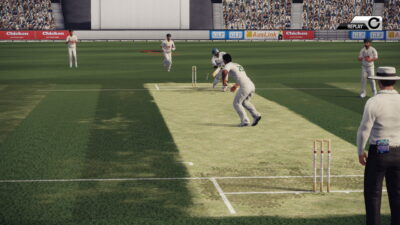
Not sure what I was trying here.
Early batting totals were fairly puny: I could make twenties and thirties with individual batters but would then get out if ever I tried to play more expansively. And after failing to score too many runs off the fast bowlers, particularly Mitchell Johnson (here recreated in his terrifying 2014 pomp, a musclebound colossus reminiscent of a beat ’em up boss character), runs came more easily against the spinner Nathan Lyon, although the temptation to play more attacking shots mean that he ended up as the top wicket taker in the series.
There are lots of stats relating to the players but they remain largely hidden from view outside of the editing suite, which means that you can’t easily look up what the strengths and weaknesses of your team, or your opponents, are. When batting it soon became obvious that trying to drive the ball on the off side was fraught with danger, although whether that was universal or simply down to the stats of the particular batters I was trying it with, I’m not sure.
Anyway, I realised that playing a full range of shots was going to be beyond me, and success would involve batting in a limited and fairly attritional manner. (I must also admit to rage-quitting occasionally when losing a wicket legitimately caused me to go slogging madly with the next couple of batters, precipitating a collapse: in general, I never felt confident enough to play aggressively and use the slog buttons as I had remembered doing first time around).
What seemed a bit frustrating was that as my batters played themselves in they never seemed to time the ball better, with boundaries rare and runs coming from an accumulation of thunked ones and twos. Accepting that at face value meant fairly slow scoring, taking up a lot of deliveries and limiting my batters to a few shots, leaving almost everything outside off stump and clipping off the legs against pace, and taking a few calculated risks against spin.

Another familiar sight.
I managed to pass team totals of 200 a few times and, once, 300 (unlike England) but like them I also got bowled out for embarrassingly low totals far too often. In a weird piece of symmetry, I also lost the series 4-0, narrowly saving the fourth match with a hundred from Jonny Bairstow, which was quite satisfying, and almost easier to accomplish in the fourth innings, with a set target number of overs to bat through.
It was hard work though, and I looked at the number of hours spent on the game in Steam and calculated that I could have probably completed two or three other games from my backlog in that time. All I did was play a single test series, and much of the main focus of the game is actually on the development of the career of an individual player, which I sort of can’t really be bothered with. It’s probably why I won’t get around to reviewing it properly either. (Uncle Dave from JGR put down his thoughts here a few years ago, though).
Anyway, my curiosity, and appetite for virtual test cricket, is satisfied for the time being. I’d have a few niggles, some of which I’ve already mentioned, and there are aspects of the presentation which are a bit woolly, although I’m sure there have been improvements made in subsequent editions. Still, from what I can tell, Don Bradman Cricket 14 appears to be a fairly decent cricket game, something I once thought might never be possible.



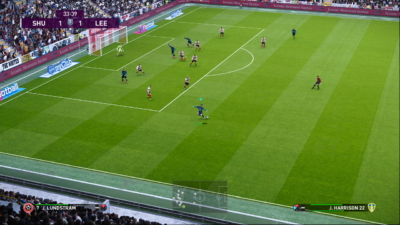
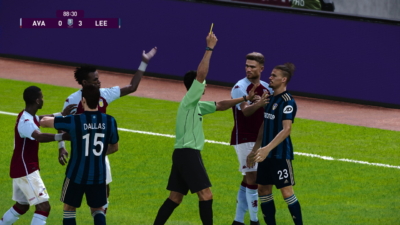
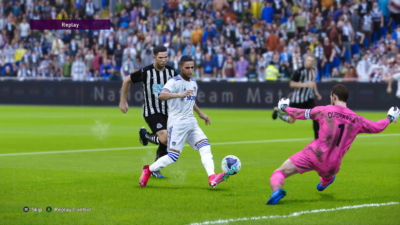
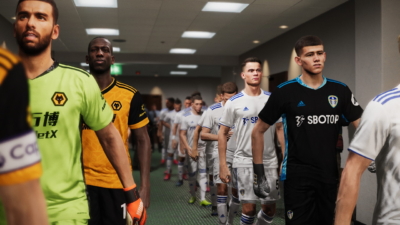

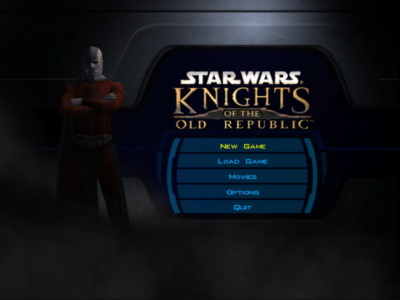





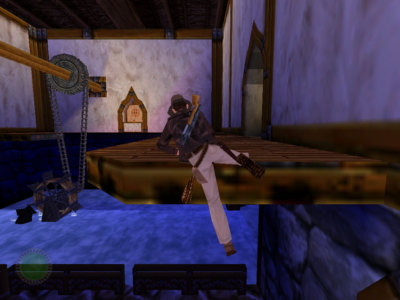
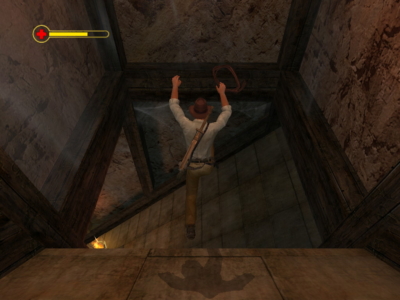
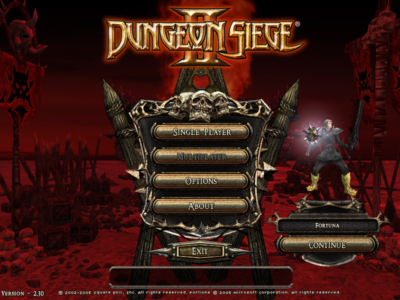

 Posts
Posts